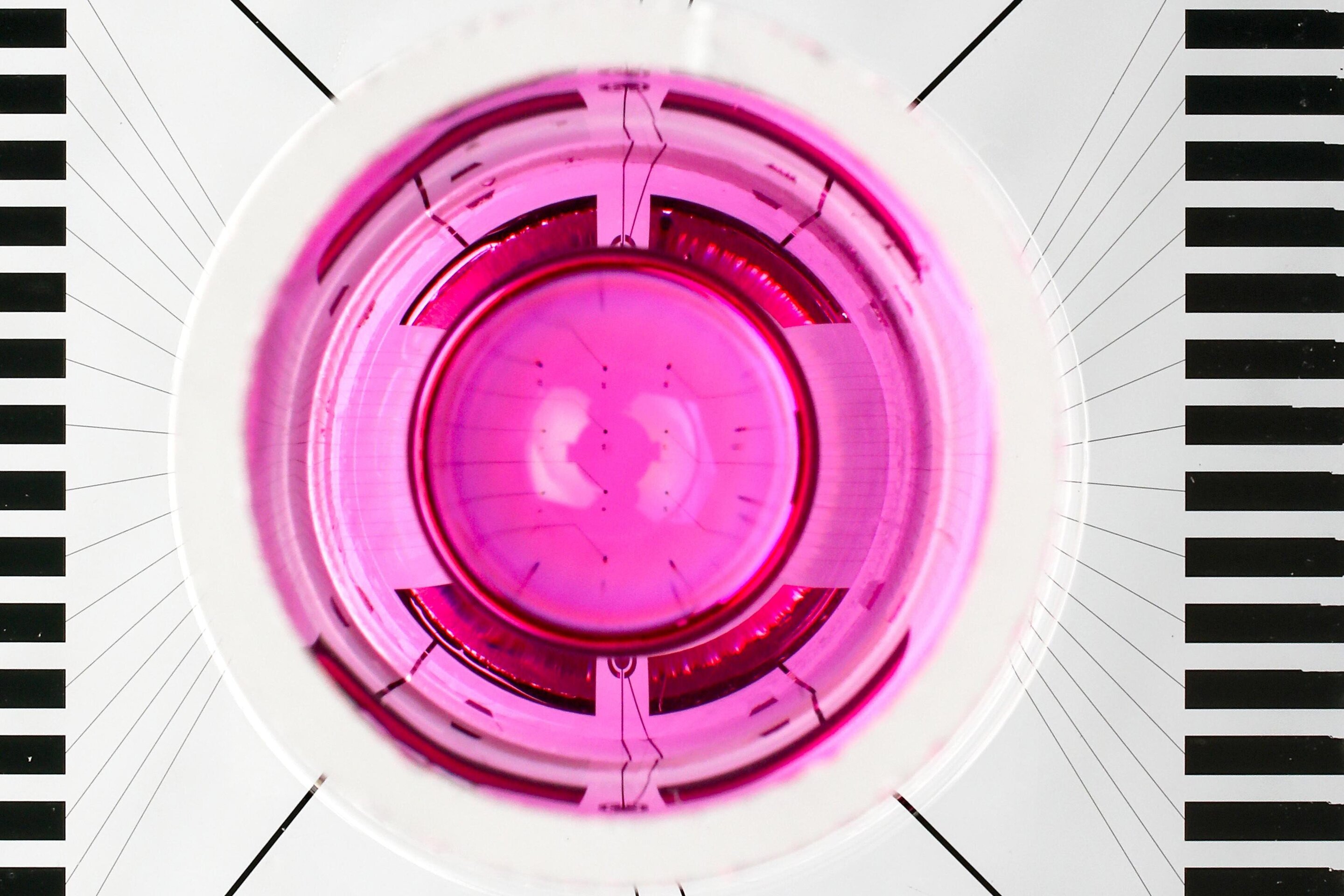Studying heart cells with nanovolcanoes
Date: 9.9.2019
Researchers at EPFL and the University of Bern have developed a groundbreaking method for studying the electrical signals of cardiac muscle cells. The technology has numerous potential applications in basic and applied research – such as improving the search for mechanisms underlying cardiac arrhythmias.
 Excitable cells such as neurons and cardiac muscle cells – cardiomyocytes – use electrical signals, so-called action potentials, to communicate with each other. Scientists study these signals underlying normal brain and heart function using electrodes placed either outside or inside the cell membrane, methods known as extracellular and intracellular recording.
Excitable cells such as neurons and cardiac muscle cells – cardiomyocytes – use electrical signals, so-called action potentials, to communicate with each other. Scientists study these signals underlying normal brain and heart function using electrodes placed either outside or inside the cell membrane, methods known as extracellular and intracellular recording.
Since cellular action potentials were first measured by Silvio Weidmann from the University of Bern's Department of Physiology seven decades ago, scientists have been measuring these signals by gaining intracellular access with microelectrodes.
However, this methodology is not ideal because the interface between the cell membrane and the nanostructure is unstable, leaving only a brief window – typically a few seconds or minutes at most – for scientists to record action potentials from cells.
The EPFL and University of Bern team took the best features of existing technologies and came up with an ingenious volcano-shaped design to get around this problem.























